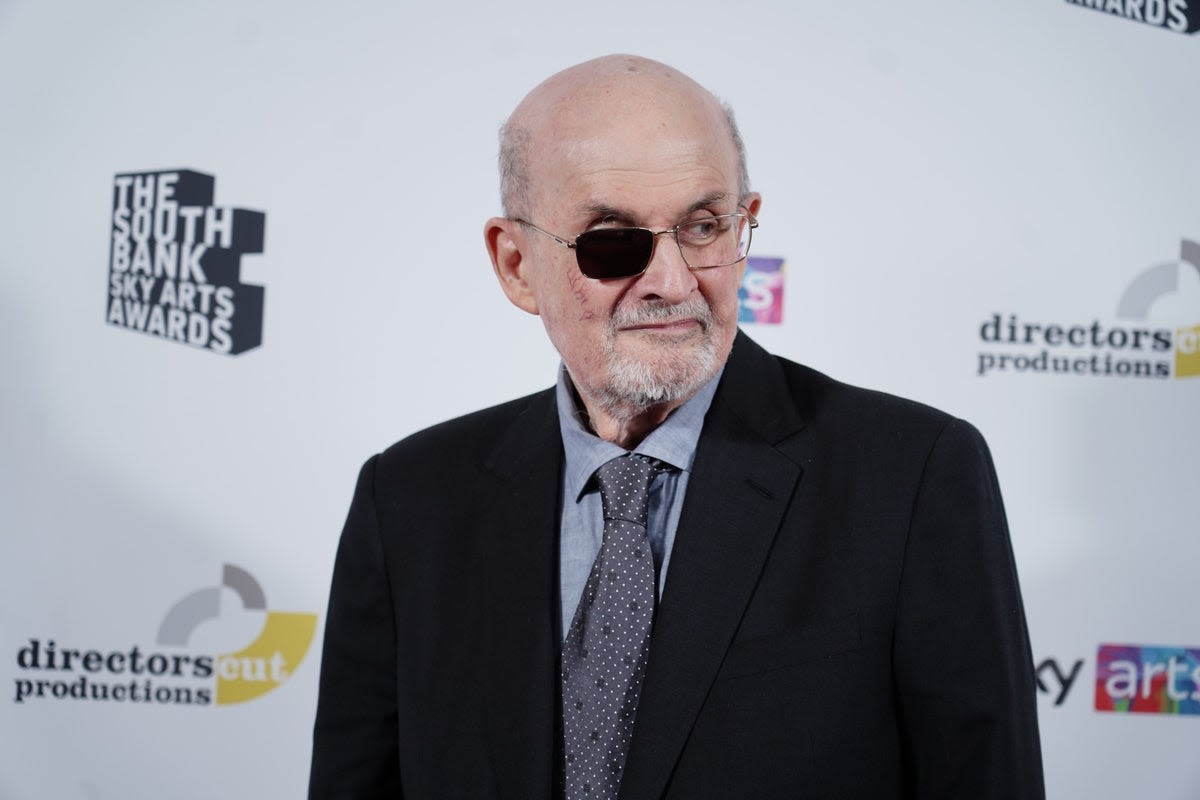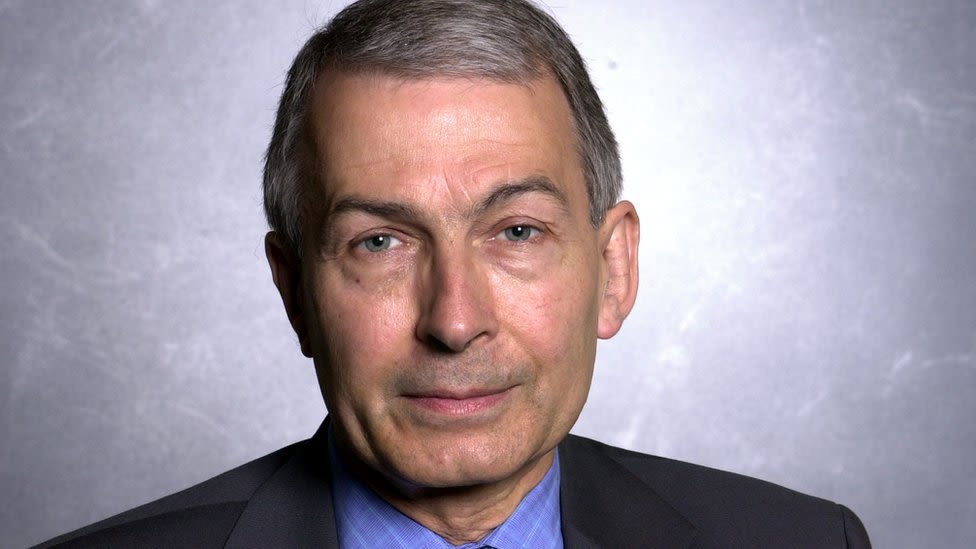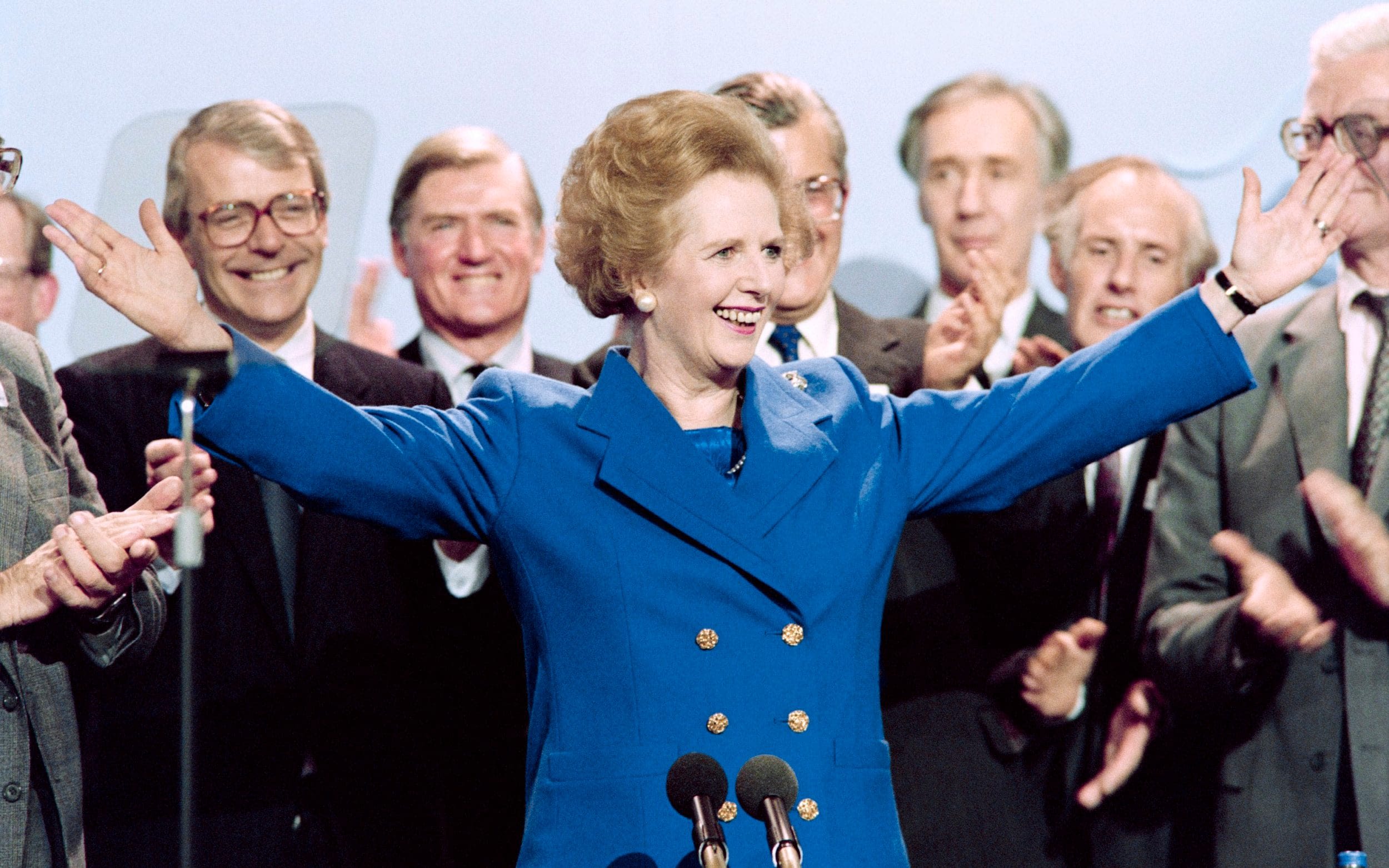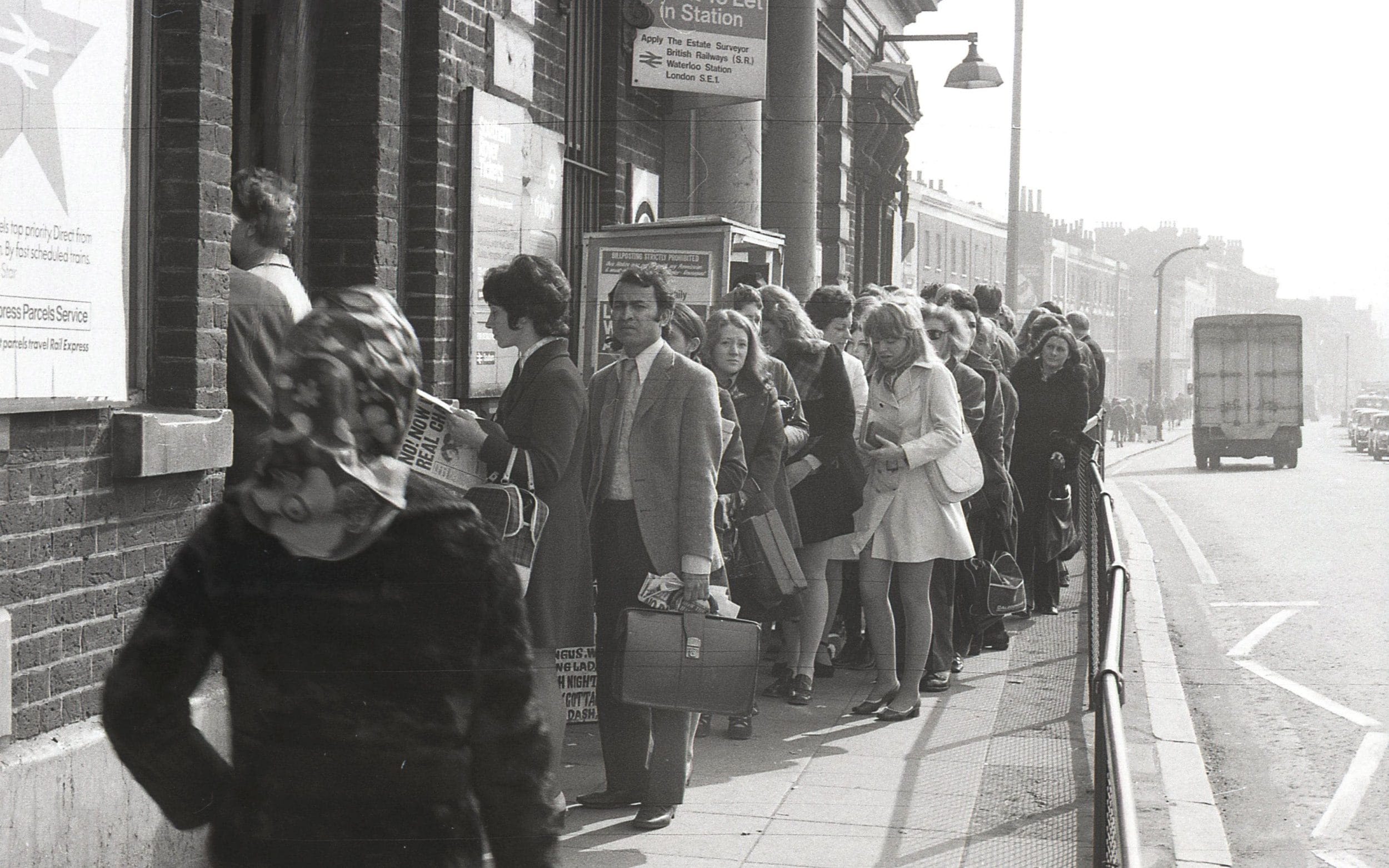Search results
Margaret Hilda Thatcher, Baroness Thatcher, LG, OM, DStJ, PC, FRS, HonFRSC ( née Roberts; 13 October 1925 – 8 April 2013) was a British stateswoman and Conservative politician who served as Prime Minister of the United Kingdom from 1979 to 1990 and Leader of the Conservative Party from 1975 to 1990. She was the longest-serving British prime ...
- Edward Heath
- Elizabeth II
- +23.3
- "Iron Lady"
- Overview
- Early years
- Prime minister
- Later years
Margaret Thatcher was the first woman to serve as a prime minister in Europe and Britain’s longest continuously serving prime minister since 1827. She was also the only British prime minister in the 20th century to win three consecutive terms.
When did Margaret Thatcher become prime minister of the UK?
Margaret Thatcher became British prime minister in 1979 after leading the Conservatives to a decisive electoral victory.
How many terms did Margaret Thatcher serve as British prime minister?
Margaret Thatcher served three consecutive terms as British prime minister from 1979 to 1990.
Why was Margaret Thatcher known as the "Iron Lady"?
The daughter of Alfred Roberts, a grocer and local alderman (and later mayor of Grantham), and Beatrice Ethel Stephenson, Thatcher formed an early desire to be a politician. Her intellectual ability led her to the University of Oxford, where she studied chemistry and was immediately active in politics, becoming one of the first woman presidents of the Oxford University Conservative Association. After graduating in 1947 she worked for four years as a research chemist, reading for the bar in her spare time. From 1954 she practiced as a barrister, specializing in tax law. In 1951 she married a wealthy industrialist, Denis Thatcher (b. 1915—d. 2003), who supported her political ambition. The couple had twins, a son and a daughter, in 1953.
Britannica Quiz
World Governments and Their Leaders
Thatcher first ran for Parliament in 1950 but was unsuccessful, despite increasing the local Conservative vote by 50 percent. In 1959 she entered the House of Commons, winning the “safe” Conservative seat of Finchley in northern London. She rose steadily within the party, serving as a parliamentary secretary in the Ministry of Pensions and National Insurance (1961–64), as chief opposition spokesman on education (1969–70), and as secretary of state for education and science (1970–74) in the Conservative government of Edward Heath. While a member of the Heath cabinet (Thatcher was only the second woman to hold a cabinet portfolio in a Conservative government), she eliminated a program that provided free milk to schoolchildren, provoking a storm of controversy and prompting opponents in the Labour Party to taunt her with cries of “Thatcher the milk snatcher.” She also created more comprehensive schools—introduced by the Labour Party in the 1960s to make rigorous academic education available to working-class children—than any other education minister in history, though they were undermined during her tenure as prime minister. After Heath lost two successive elections in 1974, Thatcher, though low in the party hierarchy, was the only minister prepared to challenge him for the party leadership. With the backing of the Conservative right wing, she was elected leader in February 1975 and thus began a 15-year ascendancy that would change the face of Britain.
Thatcher led the Conservatives to a decisive electoral victory in 1979 following a series of major strikes during the previous winter (the so-called “Winter of Discontent”) under the Labour Party government of James Callaghan. As a prime minister representing the newly energetic right wing of the Conservative Party (the “Dries,” as they later called themselves, as opposed to the old-style moderate Tories, or “Wets”), Thatcher advocated greater independence of the individual from the state; an end to allegedly excessive government interference in the economy, including privatization of state-owned enterprises and the sale of public housing to tenants; reductions in expenditures on social services such as health care, education, and housing; limitations on the printing of money in accord with the economic doctrine of monetarism; and legal restrictions on trade unions. The term Thatcherism came to refer not just to these policies but also to certain aspects of her ethical outlook and personal style, including moral absolutism, fierce nationalism, a zealous regard for the interests of the individual, and a combative, uncompromising approach to achieving political goals.
The main impact of her first term was economic. Inheriting a weak economy, she reduced or eliminated some governmental regulations and subsidies to businesses, thereby purging the manufacturing industry of many inefficient—but also some blameless—firms. The result was a dramatic increase in unemployment, from 1.3 million in 1979 to more than double that figure two years later. At the same time, inflation doubled in just 14 months, to more than 20 percent, and manufacturing output fell sharply. Although inflation decreased and output rose before the end of her first term, unemployment continued to increase, reaching more than three million in 1986.
Thatcher embarked on an ambitious program of privatization of state-owned industries and public services, including aerospace, television and radio, gas and electricity, water, the state airline, and British Steel. By the end of the 1980s, the number of individual stockholders had tripled, and the government had sold 1.5 million publicly owned housing units to their tenants.
Exclusive academic rate for students! Save 67% on Britannica Premium.
Learn More
Nonetheless, rising unemployment and social tensions during her first term made her deeply unpopular. Her unpopularity would have ensured her defeat in the general election of 1983 were it not for two factors: the Falkland Islands War (1982) between Britain and Argentina, over possession of a remote British dependency in the South Atlantic, and the deep divisions within the Labour Party, which contested the election on a radical manifesto that critics dubbed the “longest suicide note in history.” Thatcher won election to a second term in a landslide—the biggest victory since Labour’s great success in 1945—gaining a parliamentary majority of 144 with just over 42 percent of the vote.
In retirement, Margaret Thatcher remained a political force. She continued to influence internal Conservative Party politics (often to the dismay of Major), and Thatcherism shaped the priorities of the Labour Party, which she had kept out of office for more than a decade. She remained a member of Parliament until the 1992 election and was subsequently elevated, as a peeress for life, to the House of Lords. She continued to speak and lecture, notably in the United States and Asia, and established the Thatcher Foundation to support free enterprise and democracy, particularly in the newly liberated countries of central and eastern Europe. In 1995 she became a member of the Order of the Garter.
Following a series of minor strokes, she retired from public speaking in 2002. Thatcher’s daughter, Carol, revealed in her 2008 memoir A Swim-On Part in the Goldfish Bowl that her mother had been showing symptoms of progressive dementia since 2000.
- Hugo Young
Nov 9, 2009 · Learn about the life and career of Margaret Thatcher, who served as the United Kingdom's first female prime minister from 1979 to 1990. Find out how she reduced the influence of trade unions, privatized industries, opposed Soviet communism and fought the Falklands War.
People also ask
When did Margaret Thatcher become Prime Minister?
Who is the UK's first female Prime Minister?
Who was the first woman to lead a political party in the UK?
Was David Cameron the best Prime Minister since Margaret Thatcher?
Oct 13, 2011 · Learn about the life and achievements of Margaret Thatcher, the 'Iron Lady', who was the first female British Prime Minister and the longest serving PM for over 150 years. Find out about her political career, major acts, international relations, and legacy.
News about Margaret Thatcher, Britain, Salman Rushdie
News about Frank Field, welfare reform, Labour MP
Also in the news
Apr 3, 2014 · Learn about the life and achievements of Margaret Thatcher, who became Britain's first female prime minister in 1979 and led the Conservative Party for three terms. Find out how she shaped the country's politics, economy and foreign policy with her conservative ideology and controversial reforms.
Jul 21, 2010 · On May 4, 1979, Margaret Thatcher, leader of the Conservative Party, became the first woman to serve as the prime minister of the United Kingdom. She led the country through a period of economic and political turmoil, including the Falklands War, the miners' strikes, and the European Community. She died in 2013 at the age of 87.
Margaret Thatcher was Britain's first female prime minister and served three consecutive terms in office. She was one of the dominant political figures of 20th century Britain, and Thatcherism ...






